This article is part of I Love San Francisco, a feature series of essays that highlight what makes San Francisco iconic and irreplaceable.
The algorithm knows I’m writing for The Bold Italic these days. My social media feed has increasingly been filled with articles about San Francisco, but none of it’s good.
“Spiraling in San Francisco’s doom loop.” “What happened to San Francisco, really?” “SF’s decline is a warning to other American cities.” Does anyone in mainstream media have anything nice to say about San Francisco? Or is this a kind of national schadenfreude, where it’s fun and trendy to shit all over what is still — by any standard — the most beautiful big city in America? A city that still managed to attract 1.7 million international tourists last year?
As a transplant from the Midwest, I’ll never be able to call myself a San Francisco native, but that gives me perspective. I chose to move here, and I don’t ever take this city for granted. I was a queer artist who came here for community and opportunities, and those are two things that flourish during slump years. I should know: I moved here less than two years after the Loma Prieta earthquake and at the height of AIDS. They didn’t call it a “doom loop” back then, but they could have.
The thing is, it wasn’t really a doom loop and it still isn’t. This is a media-generated term. But since we’re also considered media, can we coin a more proper term? We have peaks and valleys in life; highs and lows that cycle, not ones that spiral downward forever. I’d rather call San Francisco’s current state a “doom valley.”
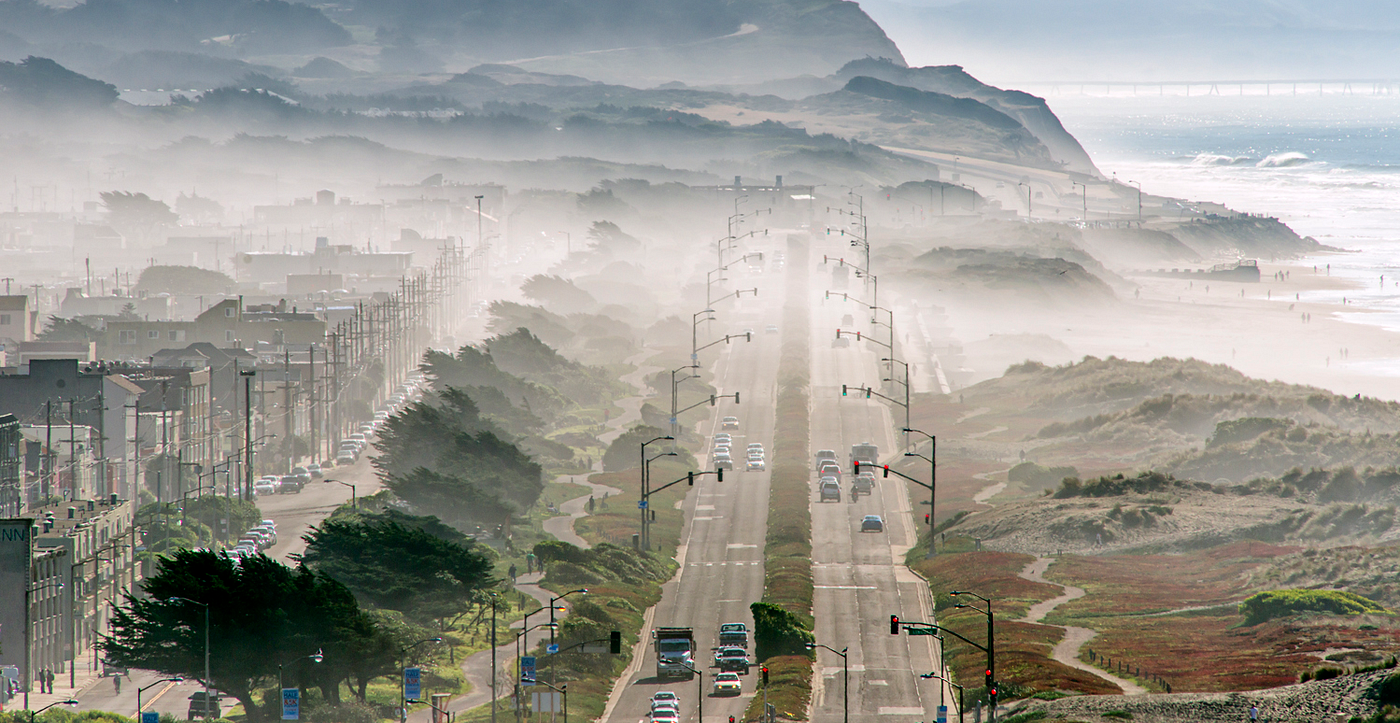
San Francisco has been here many times since the Gold Rush days. We are a boom-and-bust town at heart. Although to be fair, the busts are usually pretty minor compared to the booms. When I moved here in 1991, rent was relatively cheap, homelessness was just as rampant as today, and AIDS had decimated the gay community. By all accounts it was a dark time, but you could have fooled me.
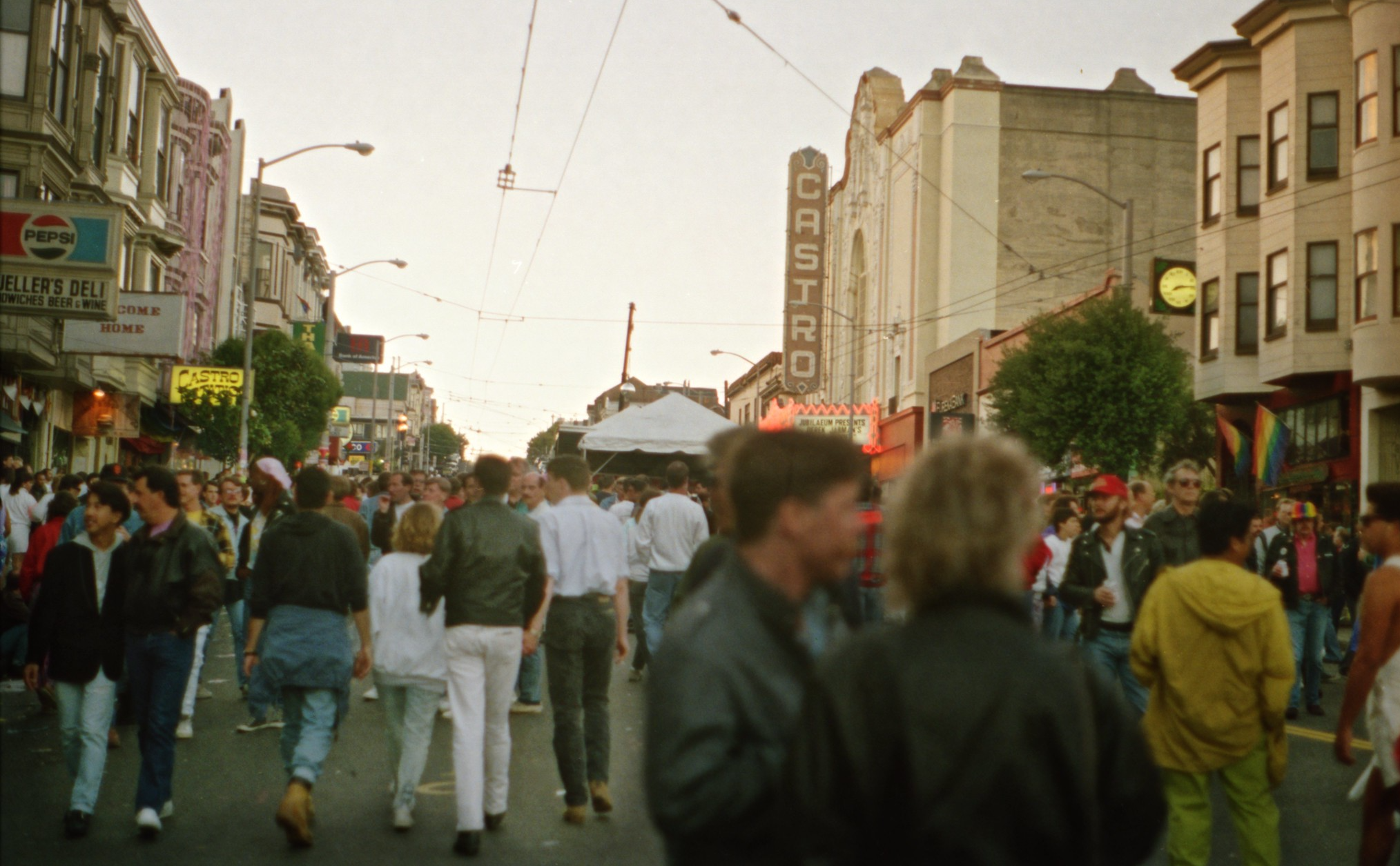
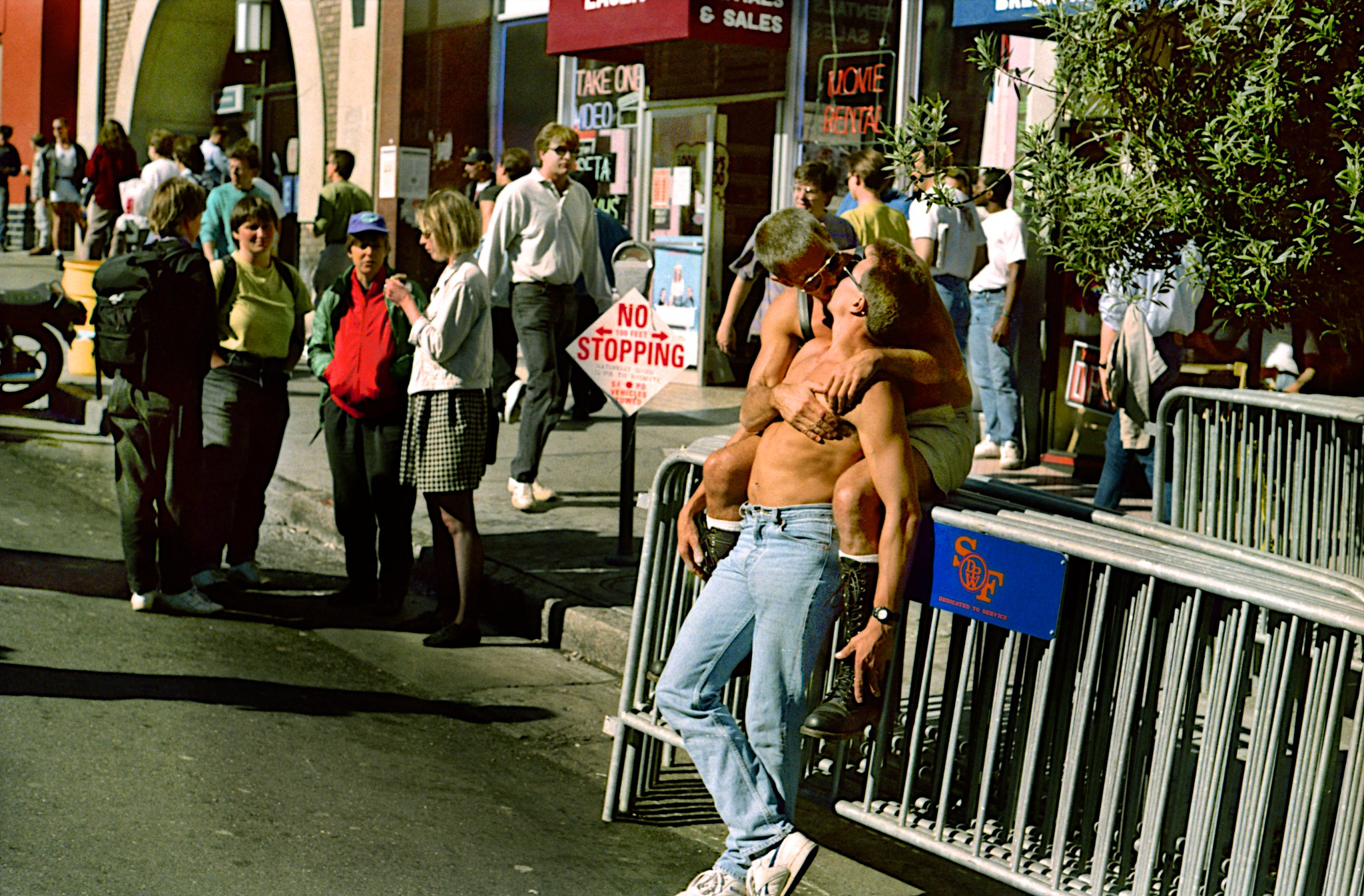
Underground rave culture was blossoming, the experimental art scene was thriving, spoken word was all the rage, and Queer Nation and ACT UP had just formed. In other words, those so-called “dark days,” were the perfect breeding ground for creativity and change. That is before all the money from the 1990s dot-com bubble started flowing in.
Rents crept up and increasingly, artists got pushed out. Back then, I was in a band, and one by one, I watched my fellow musicians move down to Los Angeles for more gigs, better networking and — most importantly — cheaper rent. Sure, the tech scene was blossoming, but at what cost to the creative community? Sound familiar?
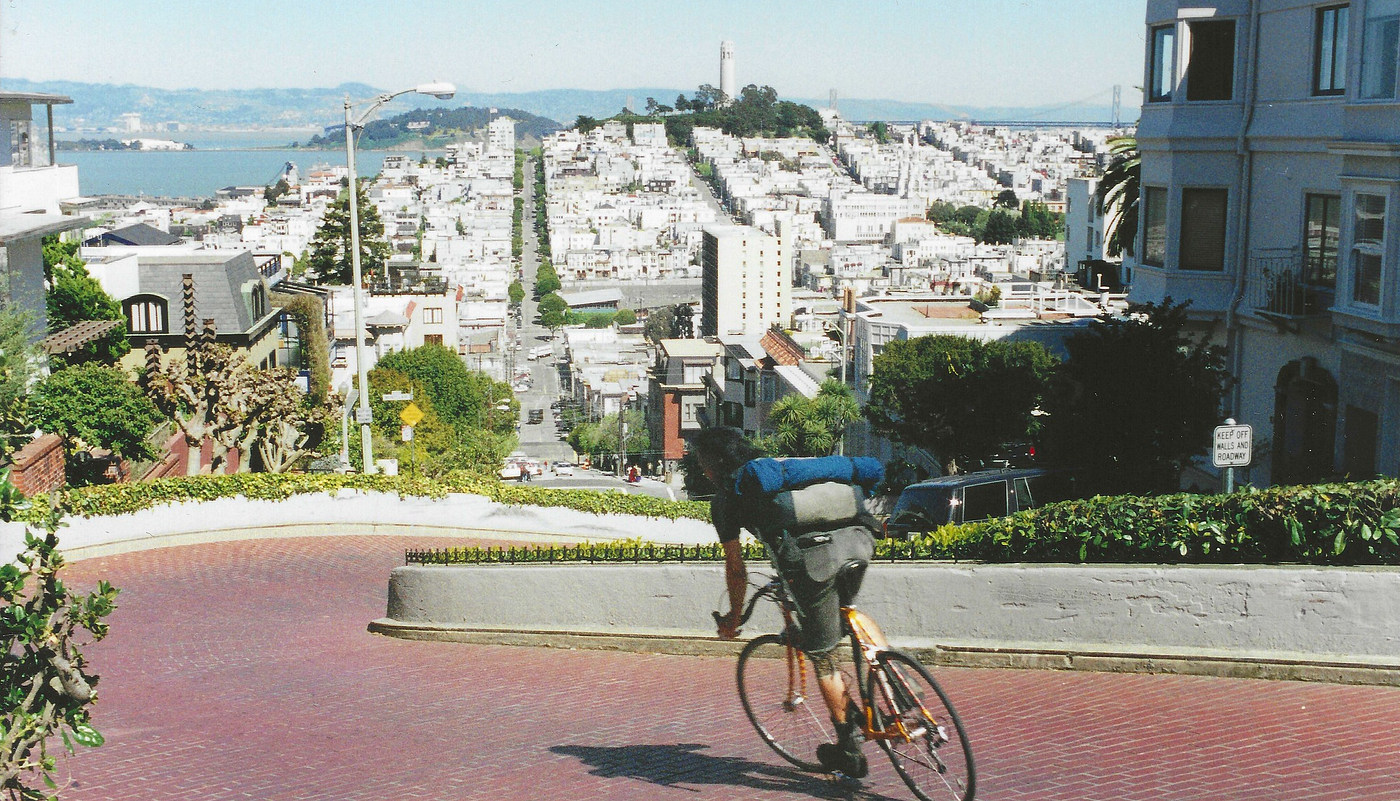
We all know what happened next. The dot-com bubble burst, leaving a slew of corporate workers scrambling for jobs at Starbucks just to pay rent. It was during this time that many high-end venues closed. So-called “ultra lounges” that catered to bottle service customers and VIP experiences were the first casualties in the nightlife industry — but dive bars survived. And thrived. This is how I got my first DJ gig, at a dive bar back in 2002.
And it was during this time that once again, opportunities arose where previously there had been none. Around this time, I ended up launching a successful nightlife business, and a few years later, found that if you keep prices reasonable, people will still go out to party during The Great Recession.
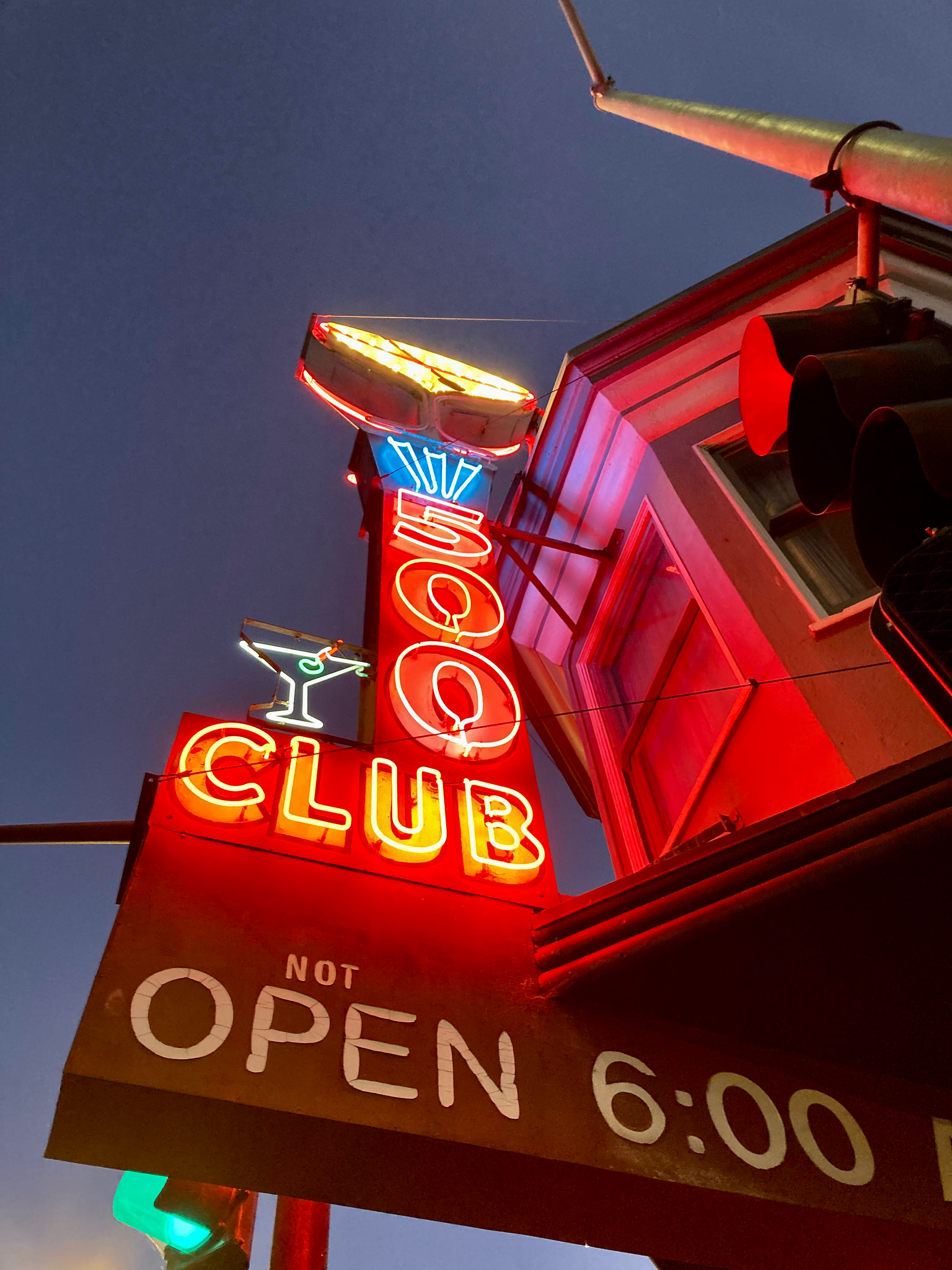
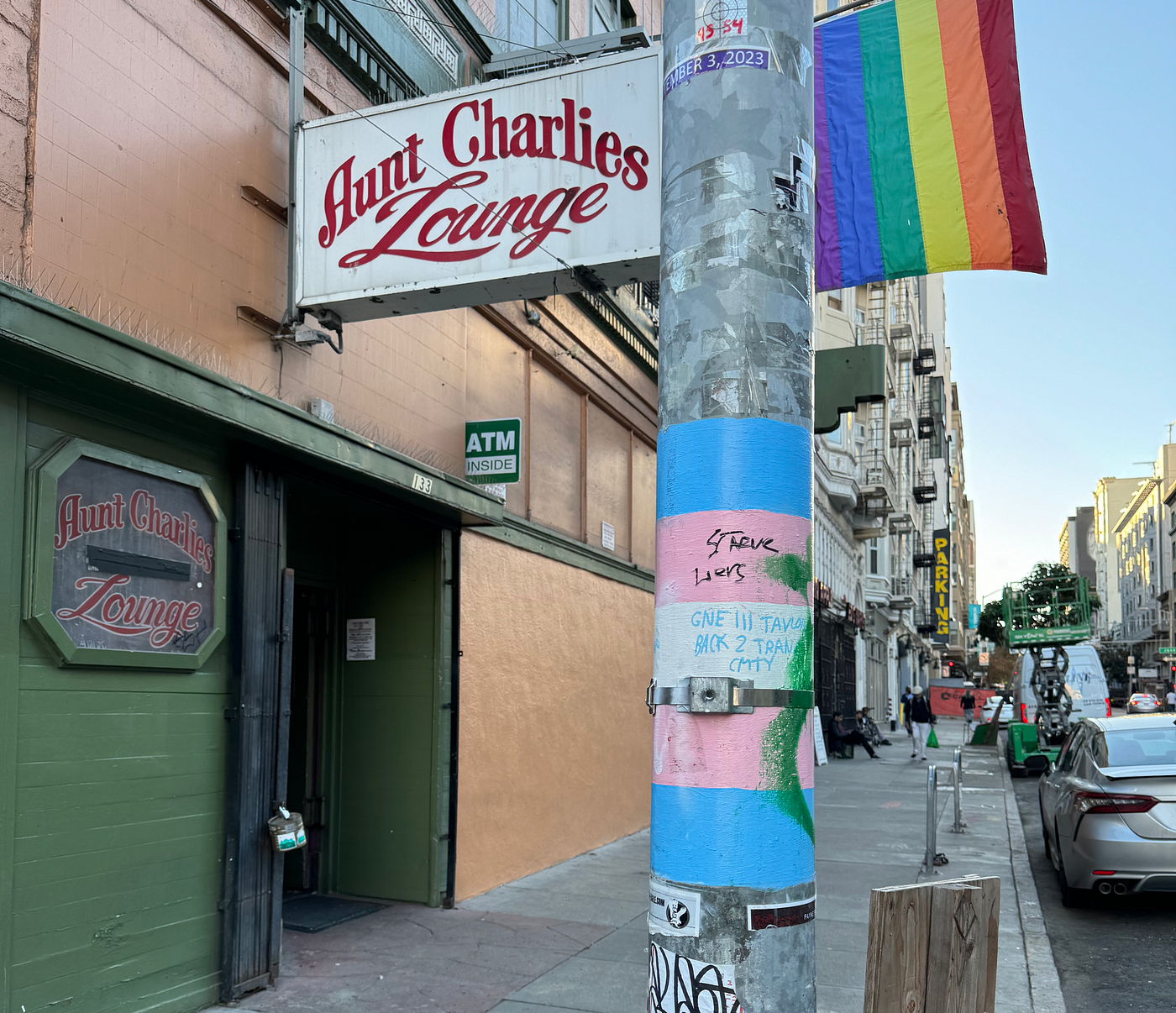
When the housing market collapsed in 2008, I didn’t even notice because I was so busy producing events and DJing. Sure, those high-paying corporate gigs dried up, but the real fun was at the places that weren’t catering to that crowd. Then the partygoers were queer artists no longer dying of AIDS thanks to protease inhibitors. Trust me: no matter what kind of shit show is happening, San Franciscans always find ways to entertain themselves.
But as it always does, the pendulum came crashing back in the 2010s, when my rent doubled in 2.5 years. There was no greater sign we were back in peak SF economy than in 2013, when my own weekly Saturday night party — Bootie Mashup — won an SF Weekly award for “Best Place To Dance If You Take a WiFi-Enabled Bus To Work,” a reference to all the recent transplants who live in SF but work in Silicon Valley.
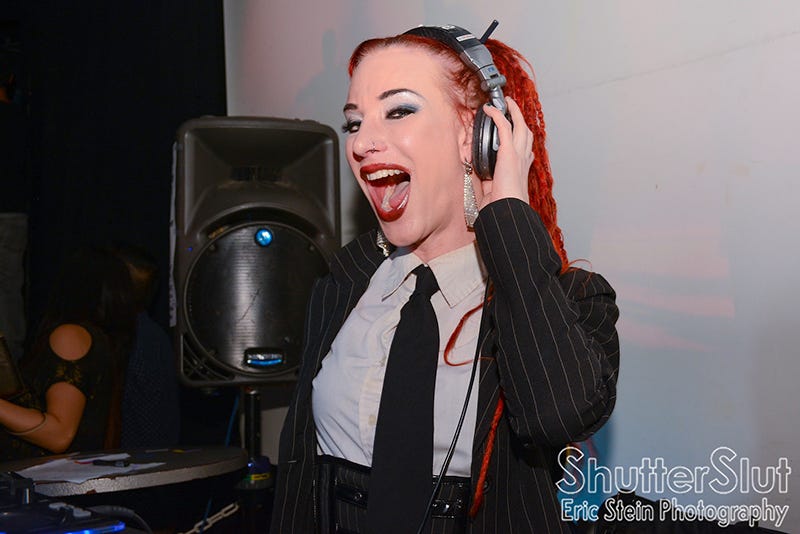
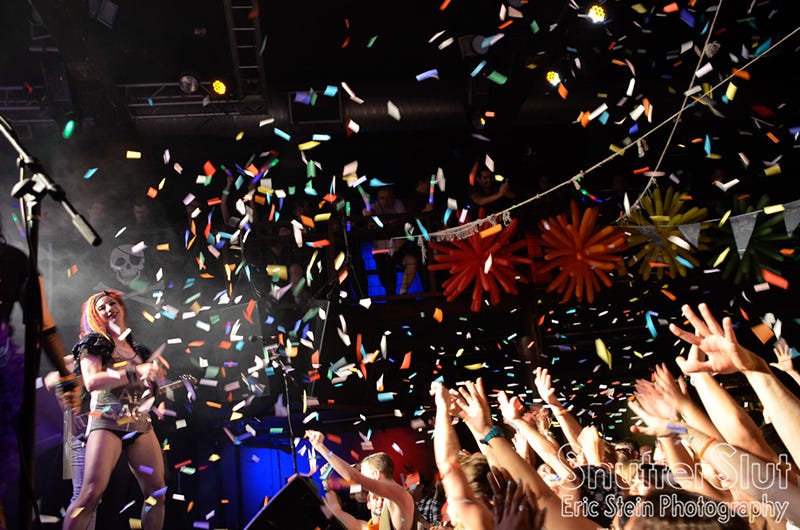
Today’s hot take? I was hoping for another earthquake to help bring rent prices and the cost of living down, but instead we got a virus in 2020. And we still haven’t recovered. This is it: we are at the bottom of Doom Valley, and I’m here to tell you — if you are a motivated person with creative ideas, then this might actually the best time to be here in San Francisco.
Rents still aren’t cheap, but they’re less than they were. Artists are returning to San Francisco, due to not finding that same sense of community in other cities that they find here. Storefronts may be vacant, but that means if you ever wanted to open a brick-and-mortar business, now is probably the best time.
Obviously, your mileage may vary. But I’m starting to see friends and colleagues — looking at you Stud Collective — get opportunities to find new spaces that wouldn’t have existed a few years ago.
If you ever wanted to dig in to help create local culture, now is the time. Whether it’s opening up a sandwich shop, painting a mural, starting a DJ night at a dive bar, or whatever your bliss happens to be, now might just be the best time to do it. I’ve seen this cycle over and over again, watching creativity and culture quietly bloom in the underground, before spilling over into the mainstream when the boom returns. I’m here for it! And you should be too.
Adriana Roberts is a DJ and performer with her Bootie Mashup parties, as well as a writer and trans influencer.
The Bold Italic is a non-profit media organization, and we publish first-person perspectives about San Francisco and the Bay Area. Donate to us today.







